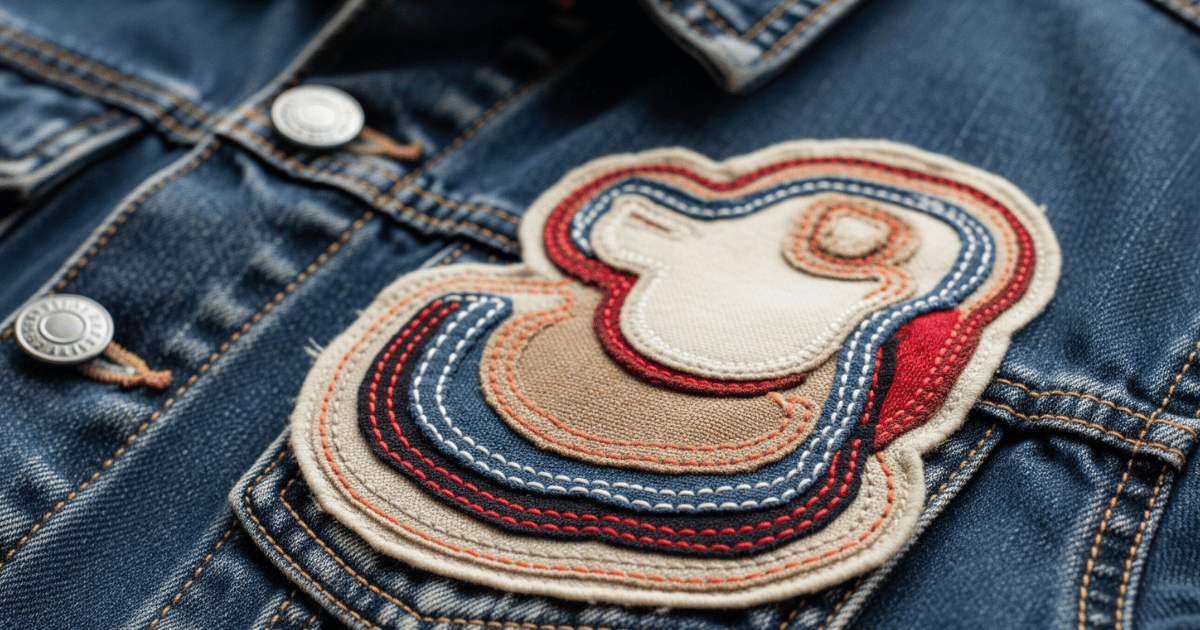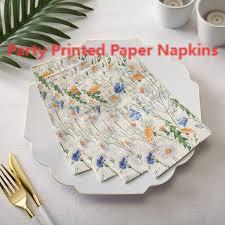How Custom Applique Embroidery Enhances Garment Design

Applique embroidery is one of the most eye-catching and creative techniques used in garment decoration. By combining fabric layers and decorative stitching, this method adds dimension and visual interest to designs on t-shirts, caps, jackets, and more. For apparel decorators, crafters, and designers, custom applique embroidery offers a perfect blend of style, efficiency, and texture.
But how does it work? What makes it different from traditional embroidery? And how can you use it for cost-effective, high-impact branding or fashion embellishment?
This article explores the value and process behind custom applique embroidery, along with how to get started using it professionally.
What Is Applique Embroidery?
Applique is a technique that involves placing pieces of fabric onto a base garment and stitching around them to create designs. It combines the benefits of print and embroidery by using fabric for larger design areas while retaining the polished look of stitched outlines.
It’s commonly used in sportswear, streetwear, promotional apparel, and fashion design. Think of the large varsity letters on jackets or layered logo patches on hoodies, these are typically applique.
Benefits of Custom Applique Embroidery
1. Reduced Stitch Count = Faster Production
Since large areas of the design are covered with fabric rather than thread fill, stitch counts are significantly lower than traditional embroidery. This saves time during production and reduces machine wear.
2. Adds Dimension and Style
Applique stands out due to its textured appearance. Fabrics like felt, denim, twill, or chenille can all be used to give designs depth and color that thread alone can't achieve.
3. Cost-Efficient for Large Designs
Filling a big logo entirely with thread takes longer and costs more in both labor and materials. Using fabric with minimal stitching cuts cost and production time, making applique ideal for bulk apparel orders.
4. High Durability
With the right digitizing, applique designs withstand washing and wear very well. The reinforced stitching secures fabric edges tightly, preventing fraying or shifting over time.
5. Endless Creative Options
From layering different fabrics to choosing unconventional textures like leather or vinyl, applique opens up a wide design space for both simple branding and artistic expression.
How Custom Applique Embroidery Works
The process includes:
-
Digitizing the design: A skilled digitizer maps out where the fabric will be placed and how it will be stitched down.
-
Creating tack-down stitches: These temporary stitches hold the applique fabric in place before it’s trimmed.
-
Running finishing stitches: A satin or zigzag border secures the edges and gives the design its final polished look.
Want a clear example of how the process is handled? This breakdown of custom applique embroidery covers it in detail.
What Makes a Good Applique Design?
To achieve clean, professional applique results, your artwork must be digitized specifically for this embroidery method. A good applique file will include:
-
Defined placement guides for each fabric layer
-
Proper tack-down and finishing stitch paths
-
Alignment tools for multicolor or layered designs
-
Adjusted stitch density for different fabrics and garment types
The stitch density, border width, and even the angle of the stitches are adjusted to prevent puckering, gapping, or edge fraying.
Choosing the Right Fabric
Your fabric choices directly affect the outcome. Popular options include:
-
Twill: Most common for varsity letters and logos
-
Felt: Soft and easy to cut
-
Denim: For a rugged, textured finish
-
Chenille: Often used in combination for 3D effect
-
Vinyl or leather: Adds a premium or streetwear edge
Some projects even layer multiple fabrics to create unique textures and color effects.
Where to Use Custom Applique Embroidery
Here’s where applique stands out:
-
Team uniforms: Numbers and lettering with bold visibility
-
Streetwear and fashion: Layered designs on hoodies, caps, jackets
-
Patches: Applied to apparel, bags, or accessories
-
Custom branding: Large, bold logos on staff apparel or promo gear
-
Event merchandise: T-shirts and sweatshirts for sports or concerts
It’s also ideal for corporate giveaways, birthday gifts, or custom merchandise shops, anywhere designs need to be memorable and high-impact.
Tips for Better Applique Outcomes
-
Use vector artwork: Helps the digitizer create precise stitch paths
-
Keep designs bold and simple: Applique isn’t ideal for fine details
-
Select contrast fabrics: To make designs pop
-
Trim carefully: Precision cutting ensures clean edges
-
Test on sample fabric: Always run a test sew before final production
Challenges to Watch Out For
While applique is simple in theory, it does have some technical considerations:
-
Fabric shifting: If tack-down stitches aren’t tight or the fabric isn't prepped, it can move during stitching.
-
Wrong thread type: Using the wrong thread (e.g., too thick or too glossy) can cause thread breaks or distortions.
-
Fraying: Certain fabrics may fray easily unless edge finishing is tight and well-digitized.
-
Machine limitations: Not all home machines are optimized for applique, especially on thicker garments.
Professional digitizing accounts for these variables and helps avoid issues at the embroidery stage.
The Role of Digitizing in Applique Success
Digitizing is the single most important factor for successful applique. Without precise placement lines, tack-down stitching, and optimized paths, the results can be messy and unusable.
This is why many decorators turn to specialists for custom applique embroidery file creation. A properly digitized file saves time, ensures accuracy, and avoids errors during mass production.
Conclusion
Custom applique embroidery is a powerful option for decorators, brands, and designers who want to create bold, textural, and cost-efficient apparel. With expert digitizing, thoughtful material selection, and quality stitching, applique can elevate any garment into a standout product.
Are you ready to bring texture and depth to your next embroidery project?







